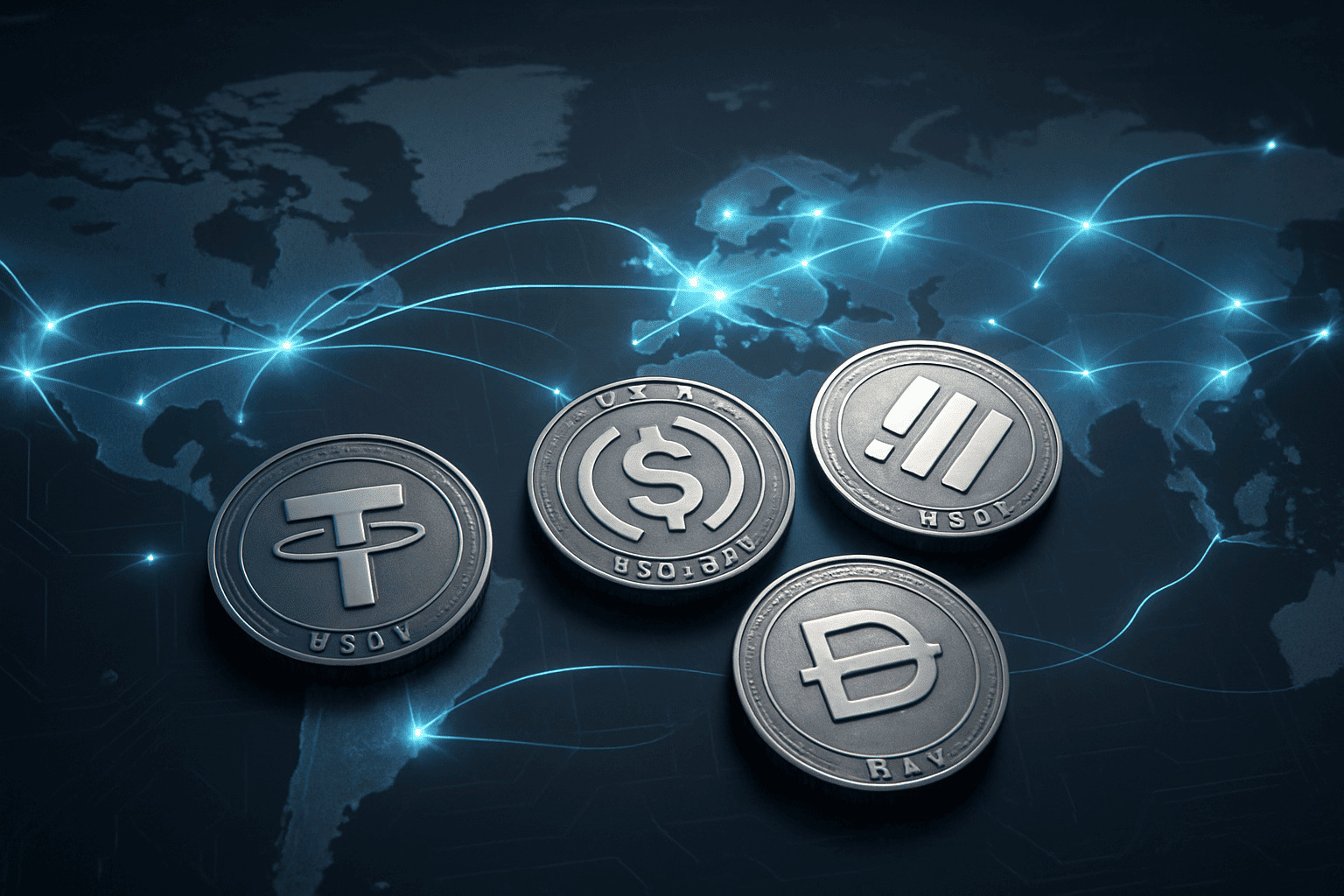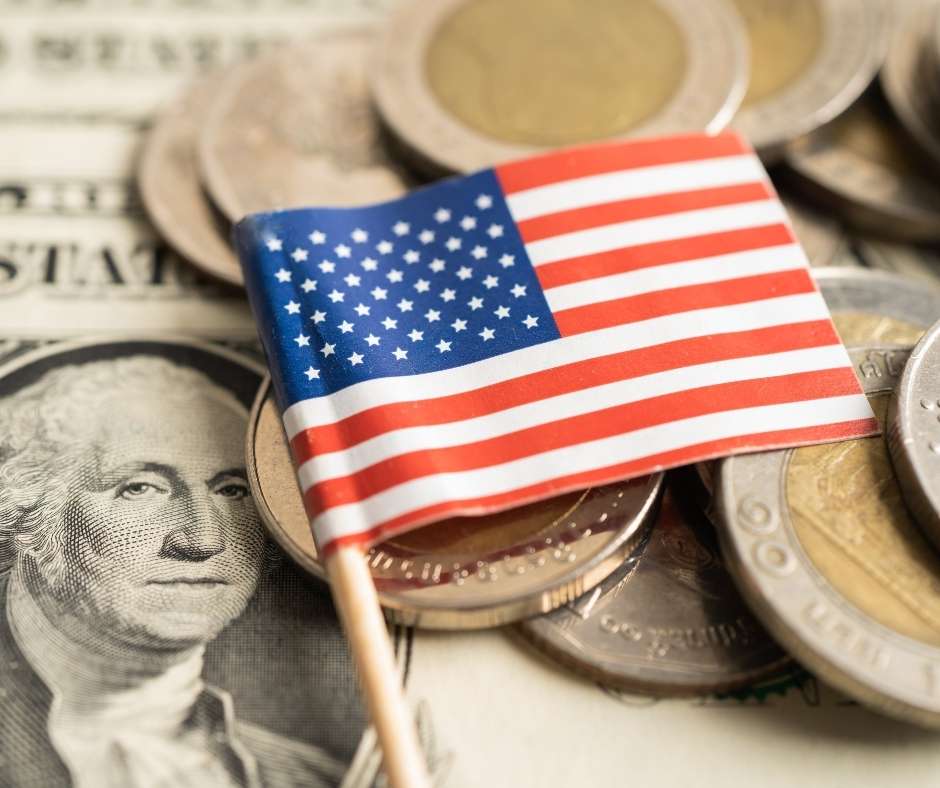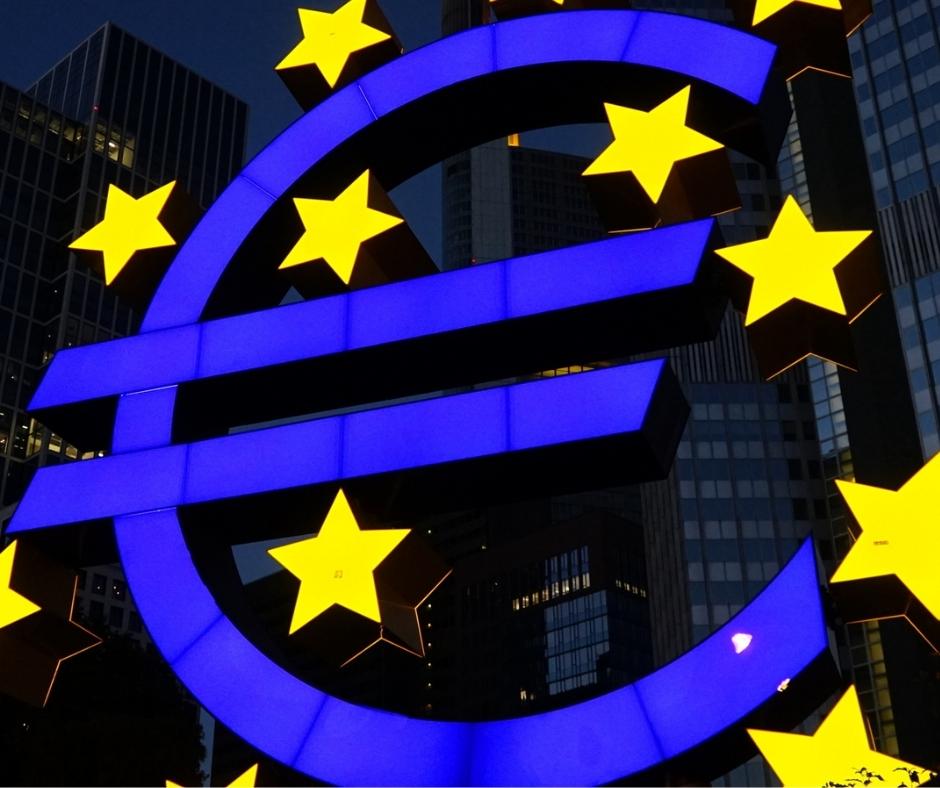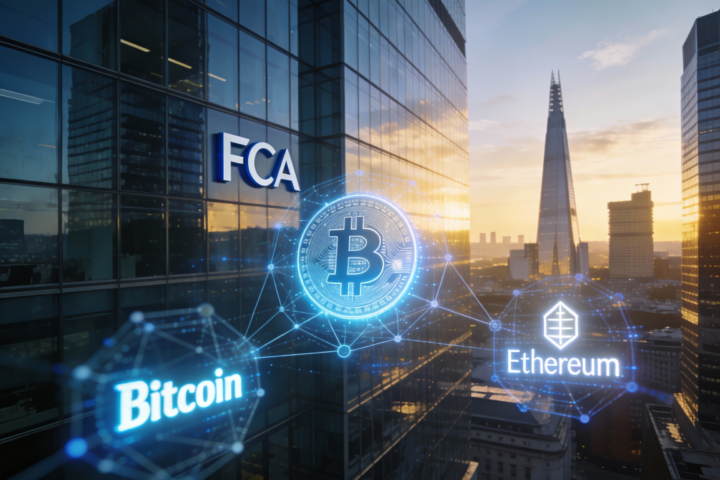Stablecoins in Global Payments: The 2025 Modernization Shift
Stablecoins in global payments are transforming the financial world in 2025. They are faster, cheaper, and more transparent than traditional systems, making them a powerful driver of Banking 2.0. Backed by adoption from PayPal, JPMorgan, and new regulations, stablecoins are moving beyond crypto hype into mainstream finance.
What Are Stablecoins in Global Payments and Why They Matter
Stablecoins in global payments are digital currencies pegged to stable assets like the US dollar or euro. Unlike volatile cryptocurrencies, their value doesn’t swing wildly, making them suitable for real-world use.
For international transactions, stablecoins cut through the slow and expensive systems of banks. Sending money across borders often takes days and costs up to 7% in fees, but stablecoins settle instantly with minimal costs. This makes them ideal for trade, remittances, and financial inclusion.
Table of Contents
How Stablecoins in Global Payments Drive Modernization
The modernization of payments is clear. Stablecoins allow:
- Speed: Instant settlement in seconds.
- Transparency: Blockchain records are visible and verifiable.
- Cost-efficiency: Lower fees compared to SWIFT or credit card networks.
- Inclusion: Billions of unbanked people can join the financial system with just a mobile phone.
According to the Bank for International Settlements, digital currencies like stablecoins could reduce remittance costs by up to 50%, benefiting millions of families worldwide.
In 2025, stablecoins are emerging as a cornerstone of Banking 2.0 a system where finance becomes faster, borderless, and accessible to more people worldwide. Their promise of low-cost cross-border payments, real-time settlement, and transparency makes them a major driver in the modernization of global payments.
Stablecoins Driving Global Payment Modernization
Today’s international payment system is expensive and slow. Sending money across borders can take days and involve high transaction fees. Stablecoins solve this problem by allowing instant transfers that settle in seconds with minimal costs.
For businesses, this means cheaper global trade. For individuals, especially migrant workers sending remittances home, it means keeping more of their hard-earned money. In fact, analysts from the Bank for International Settlements suggest that digital currencies, including stablecoins, could cut cross-border remittance fees by up to 50%.
The benefits extend beyond speed and cost. Because stablecoins operate on public blockchains, every transaction is transparent, traceable, and verifiable — improving trust in the system.
PayPal, JPMorgan, and Institutional Adoption
Institutional adoption is pushing stablecoins into the mainstream. PayPal launched its own stablecoin in 2023, becoming the first major financial giant to do so. JPMorgan, one of the world’s largest banks, has also developed its JPM Coin for instant settlement between clients.
These moves signal that stablecoins are no longer niche crypto tools — they are being woven directly into the world’s financial infrastructure. When companies of this scale adopt new technology, it accelerates trust, regulation, and global use cases.
The Role of Global Regulations in Stablecoin Growth
One of the biggest challenges for stablecoins has been regulation. Governments have been cautious, worried about risks such as money laundering, financial instability, or lack of consumer protection.
But in 2025, the picture is shifting. The European Union has rolled out its MiCA (Markets in Crypto-Assets) framework, the United States is debating its Stablecoin Act, and Asian financial hubs like Singapore are creating clear pathways for licensed issuers.
Clear rules are essential because they build trust for both consumers and institutions. With regulatory green lights, stablecoins can scale safely and securely, enabling them to become a critical part of the global payment ecosystem.
Will Stablecoins Replace or Bridge Traditional Banking?
The big question is whether stablecoins will replace banks entirely or act as a bridge between traditional finance and Web3.
- Replacement argument: Stablecoins can handle global transfers faster and cheaper than legacy rails like SWIFT. In theory, they could bypass banks altogether.
- Bridge argument: Banks and fintechs may use stablecoins as the underlying technology for payments, while consumers continue using familiar apps and accounts.
The likely outcome is a hybrid model: stablecoins will become the invisible infrastructure powering payments, while traditional banking interfaces adapt to use them in the background.
Final Thoughts
Stablecoins are no longer a crypto experiment — they are reshaping the global financial system. By 2025, they are:
- Faster than bank wires
- Borderless compared to legacy systems
- Inclusive for billions of unbanked people
With PayPal, JPMorgan, and regulators backing adoption, stablecoins are moving from fringe innovation to mainstream payment infrastructure. Whether they replace or complement banks, one thing is certain: they are the backbone of modern finance.
👉 Follow DF Media for the latest insights on digital finance, innovation, and the future of money.
- Gold Price 2025 Hits Record High as Bitcoin Holds Near $89,000: Global Market Analysis
- Japan Bond Yields Jump After BOJ Hike as Global Markets Signal Confidence
- Gold Price 2025 Hits $4,300: 5 Powerful Signals Shaking Global Finance
- UK Crypto Regulation 2025: Powerful FCA Rules Shaping Markets
- JPMorgan Launches Tokenized Money-Market Fund on Ethereum







